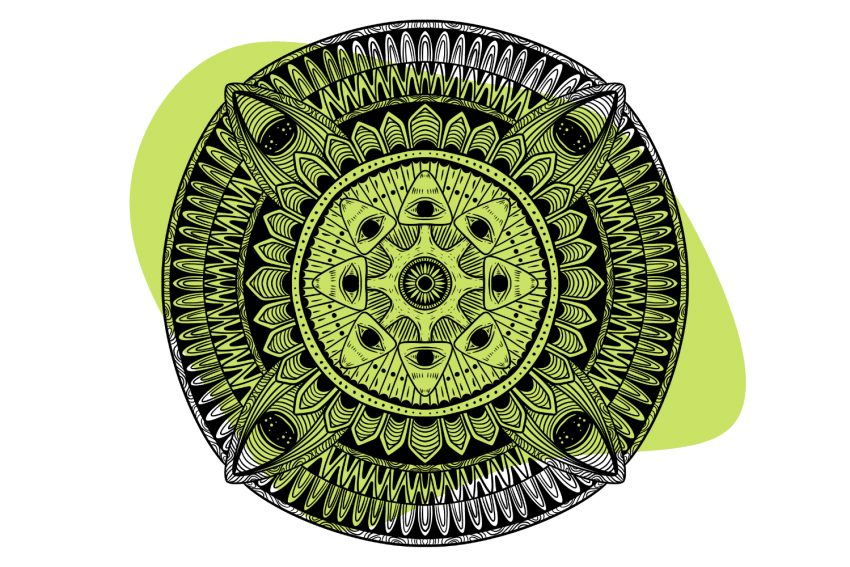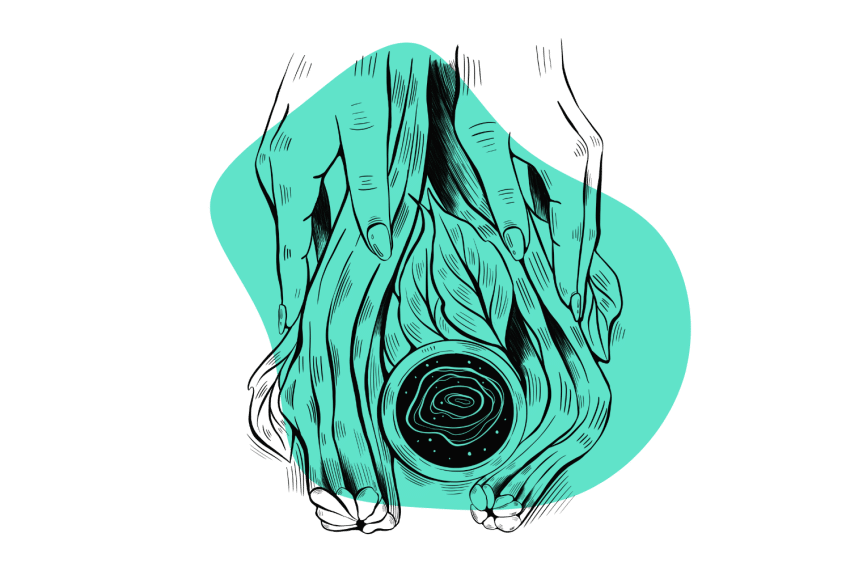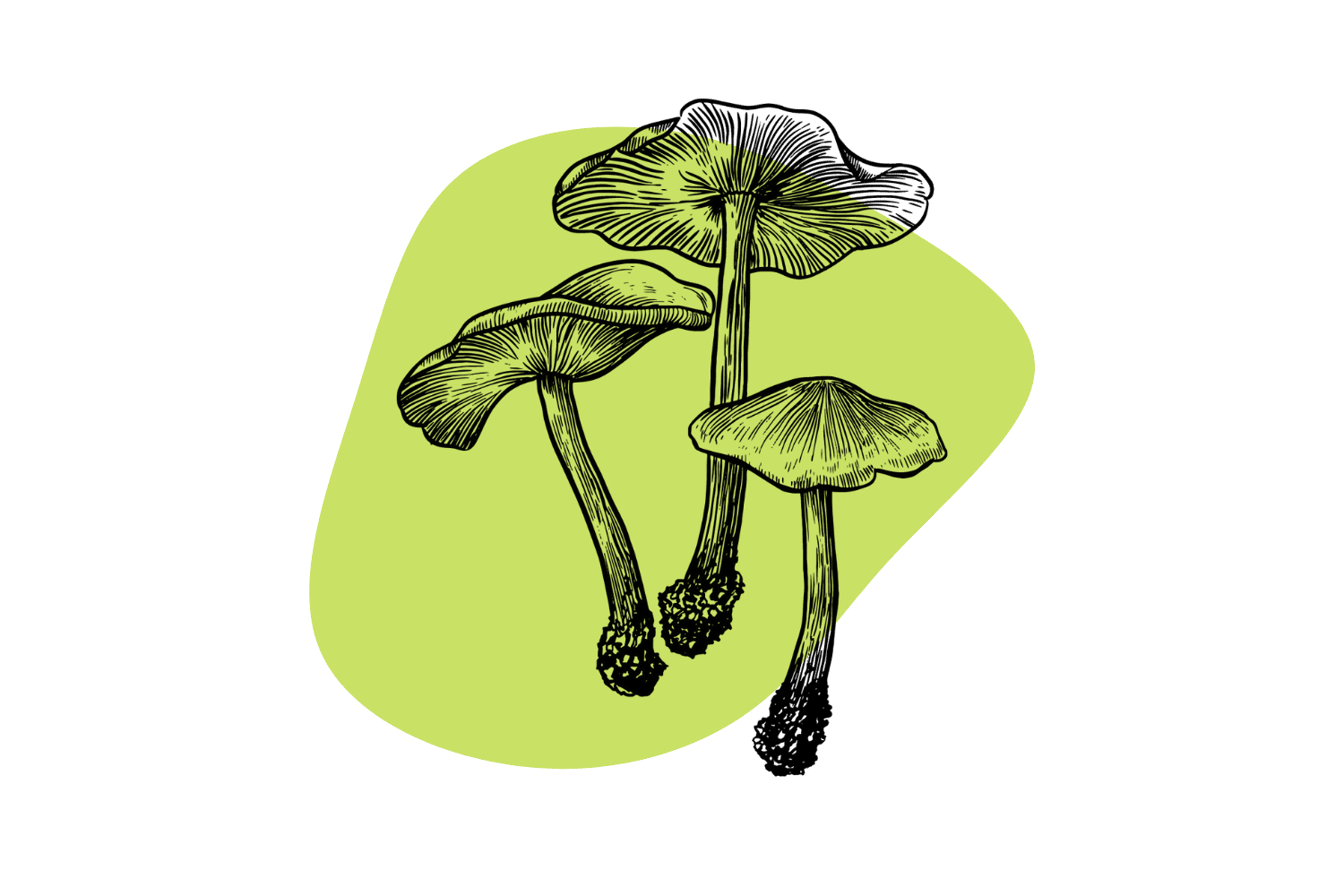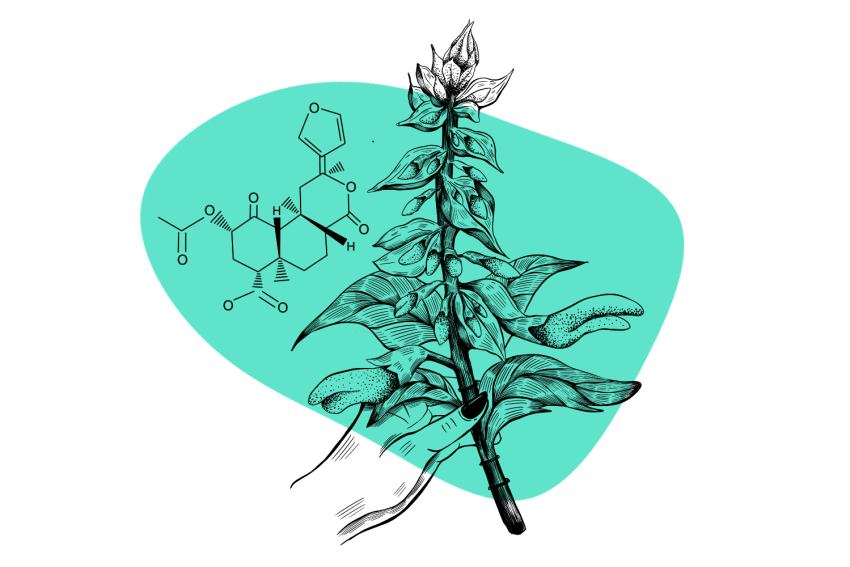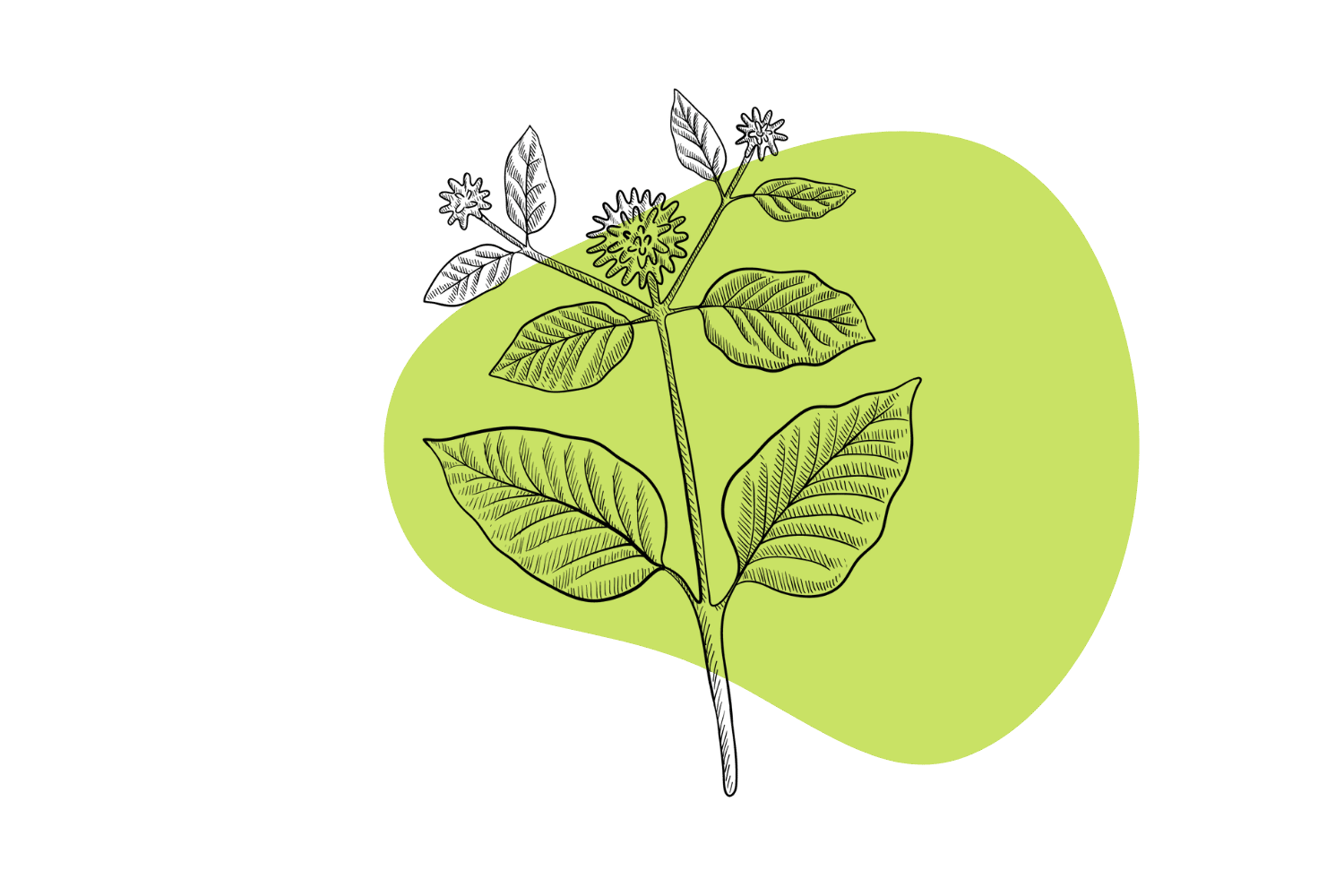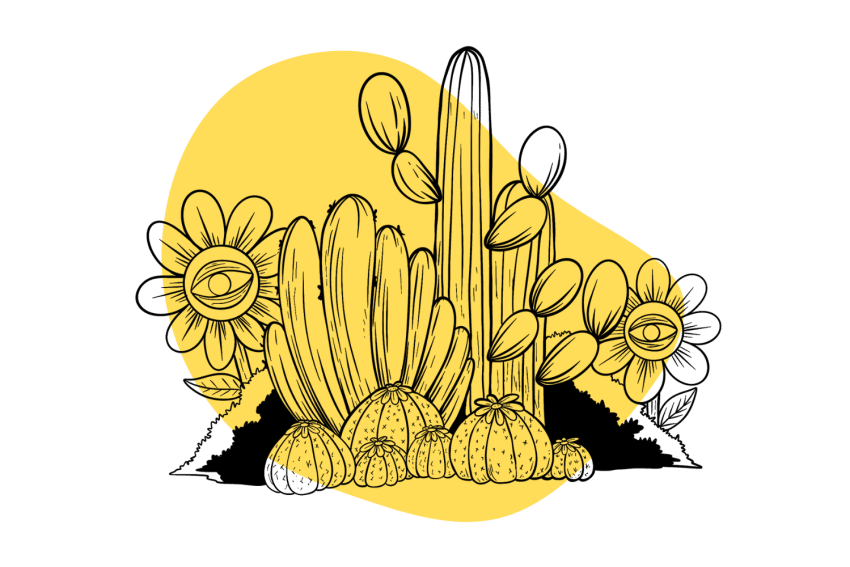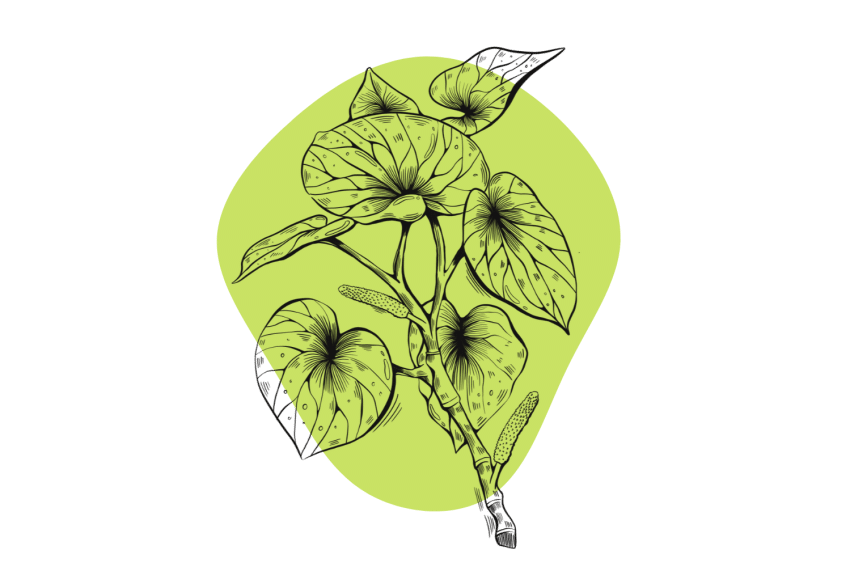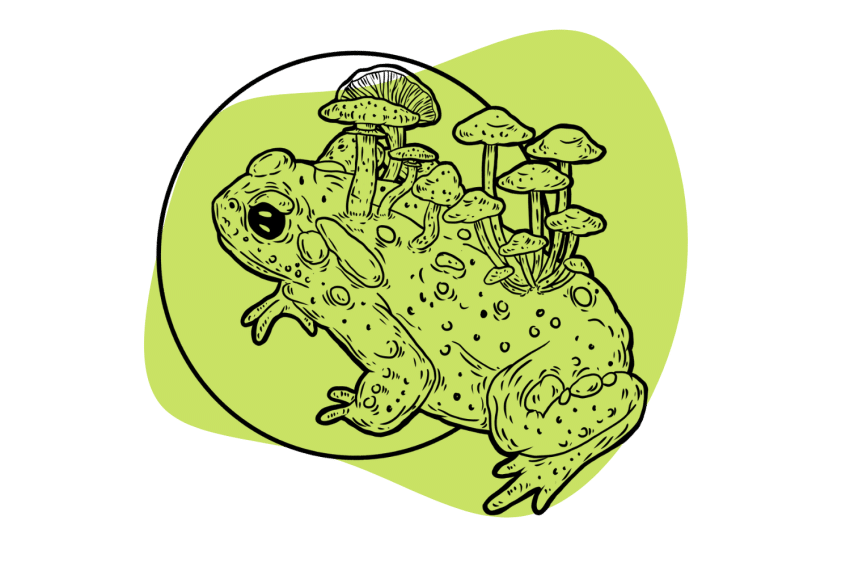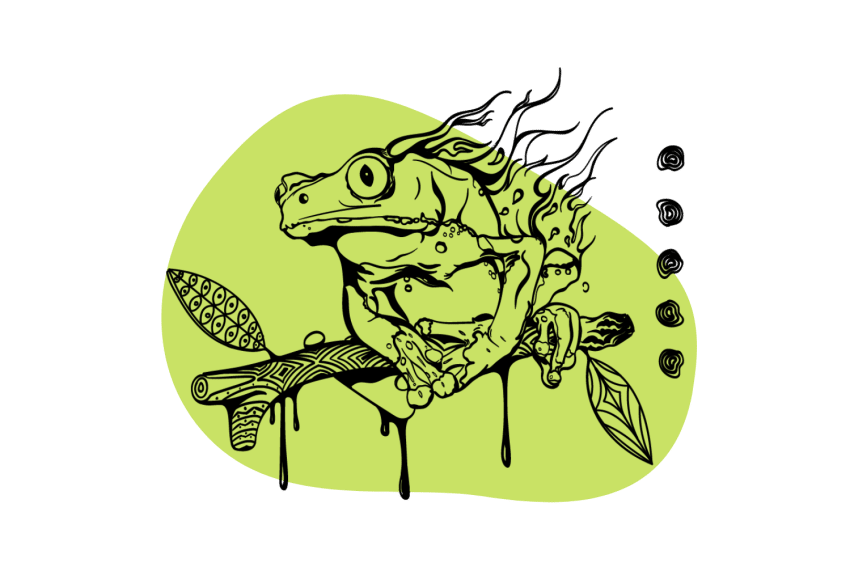Ayahuasca Diet & Preparation: Ready Your Body & Mind For The Journey
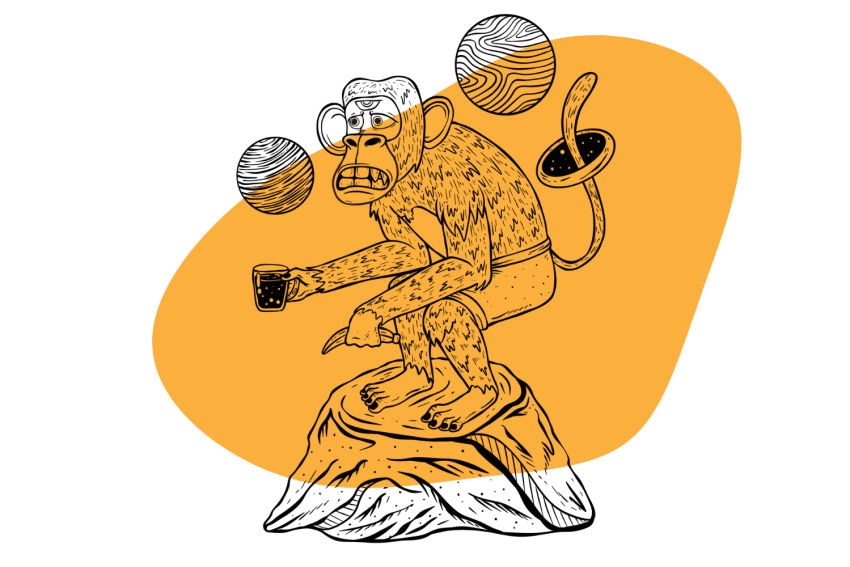
Ayahuasca, the grandmother medicine, is an indigenous plant medicine that originates from Amazonian cultures. The medicine is served as a tea, or brew, made from two plants native to the jungle [1].
Before taking the brew, it’s wise to follow some dietary restrictions and other abstinences to prepare the mind, body, and spirit for the trip.
This includes avoiding red meats (including pork), intoxicants, medications (with your doc’s approval, of course), as well as sex, smoking (yes, weed, too), and certain foods. There are also some things you can do to help prepare yourself mentally so you can get the most from your ayahuasca journey.
Here’s everything you need to know about preparing for ayahuasca.
How to Prepare Your Body For An Ayahuasca Ceremony
An ayahuasca ceremony takes your mind, body, and spirit on a journey through existence and beyond. That means users should ‘pack accordingly’ for the trip.
The effects of ayahuasca surpass the mild visual and auditory hallucinations that are available through other, more common psychedelics, so the right preparation becomes much more important [2].
Weeks before an ayahuasca dieta or ceremony, it’s a good idea to abstain from certain behaviors, so the body and mind can best adapt and integrate the experience for maximum therapeutic benefit.
This pre-ayahuasca timeline offers a quick reference guide on when to abstain from certain activities as you prepare for your ceremony.
Four Weeks Before Your Trip
Limit or completely stop the following activities:
- Alcohol consumption
- Cigarette smoking
- Caffeine
- Eating red meat (especially pork)
- All other drugs & substances (Remember to consult your doctor before stopping prescription medications)
- Sexual intercourse and masturbation
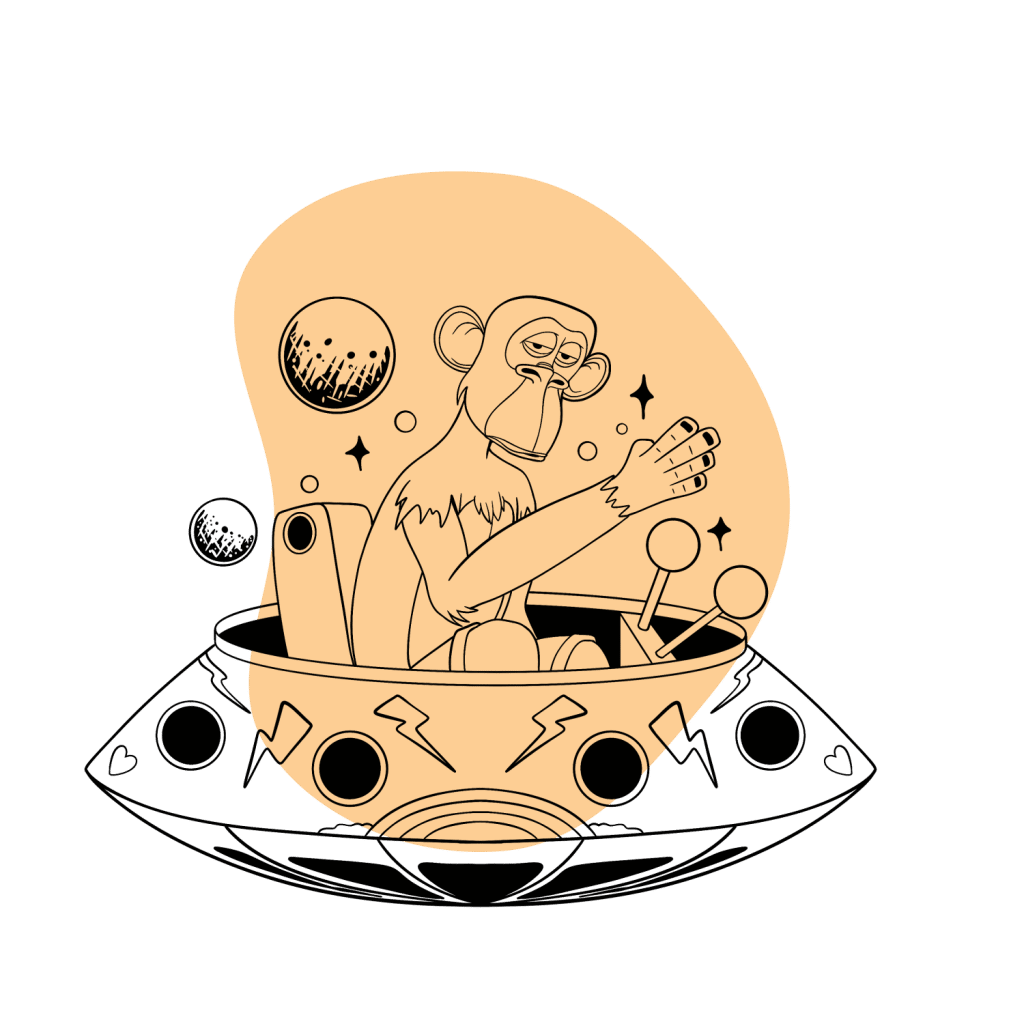
Two Weeks Before Your Trip
Limit or completely stop using:
- Dairy products
- Meat (including poultry and fish)
- Strong spices
- Fermented foods
- Overly stressful interactions
- Screen time/excessive intake of media
One Week Before Your Trip
Limit or completely stop using:
- Fatty foods
- Salted foods
- Foods or snacks with added sugar
The bottom line is that it’s important to avoid overly processed foods and introduce some discipline to your habits before your journey through the cosmos. This will make the vessel of your body light, so you can easily travel through the time-space continuum.
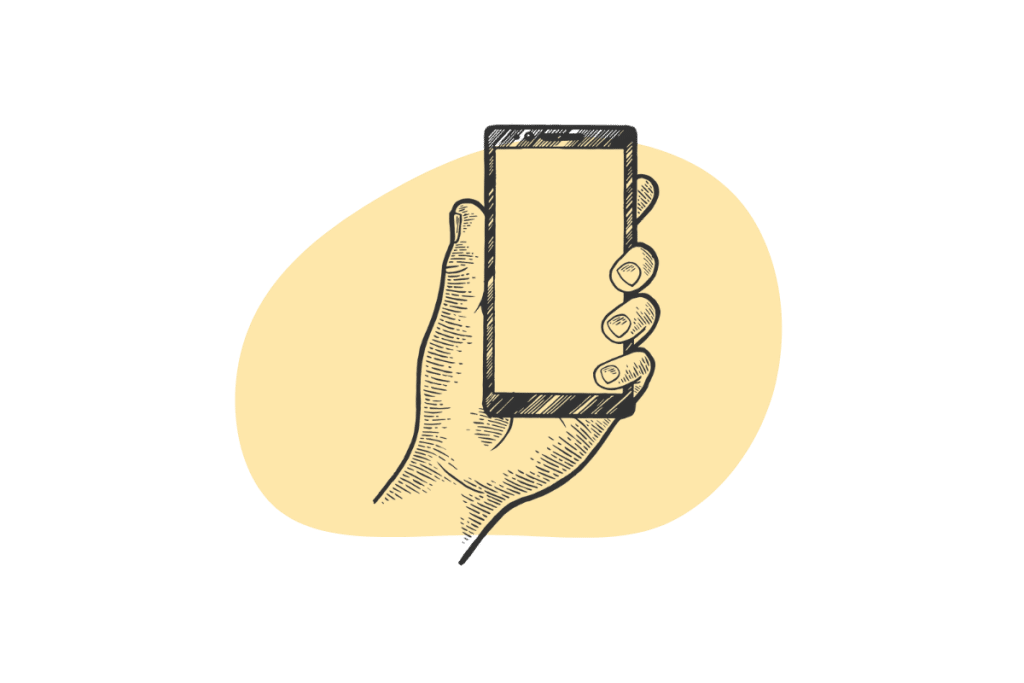
Food Prep Before Ayahuasca
We’ve covered what to cut out, but let’s dial in on some specific dietary recommendations ayahuasqueros normally give to prepare for a session.
What to Eat Before Drinking Ayahuasca
The best way to prepare for an ayahuasca ceremony is to eat whole foods and a plant-based, bland diet. Make sure to eat mostly fruits and vegetables and drink plenty of water in the days leading up to your ceremony.
Before drinking ayahuasca, you can consume the following:
- Herbal teas
- Legumes (beans, lentils, peas)
- Raw fruits
- Raw vegetables
- Water
- Whole grains (buckwheat, quinoa, oats, etc.)
By eliminating foods that are potent in flavor or hard to digest, your body can dedicate its energy to working with the medicine.
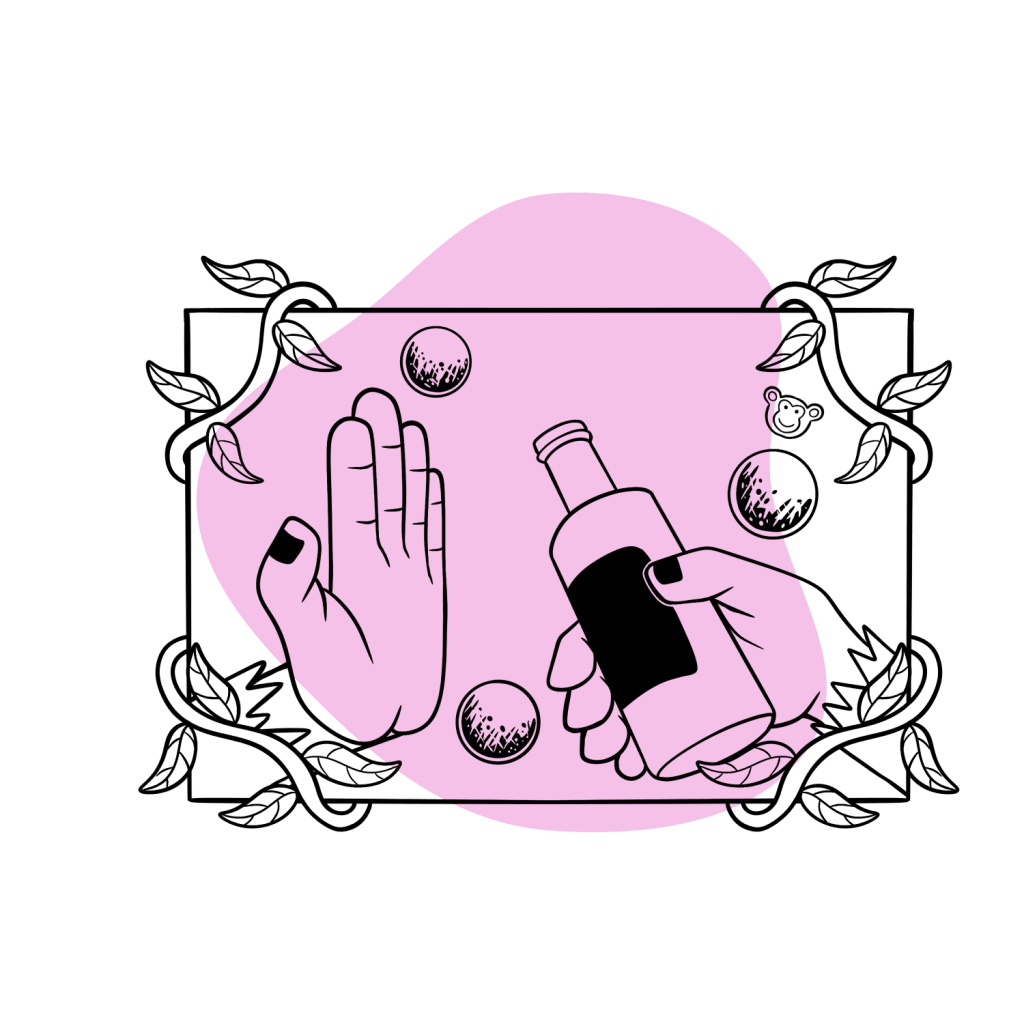
It’s common to avoid food altogether on the day of a ceremony. This will make the process of purging a little bit easier to manage and is believed to reduce the obstacles one has to face during the journey.
In other circumstances, light vegetable and broth soups are served in the hours before an ayahuasca ceremony to offer nourishment to the body. Give your body at least one entire digestion cycle (about four to six hours) to fully digest any food in the body before the ceremony begins [3].
What NOT to Eat Before Drinking Ayahuasca (Dietary Restrictions)
Before an ayahuasca ceremony, it’s best to avoid foods that are heavy and hard to digest, as well as particularly pungent or overly processed foods.
Similarly, users must avoid foods that contain tyramine since these are mild MAO inhibitors that may interact with or alter the effects of ayahuasca.
Avoid eating or drinking the following foods before taking ayahuasca:
- Alcohol
- Citrus fruits
- Coffee
- Dairy products
- Fats
- Fermented foods (certain cheeses, kimchi, kombucha, yogurt, etc.)
- Meat
- Pungent spices
- Salt
- Sugar
These foods and drinks could interact with the active ingredients of ayahuasca or contribute to headaches, high blood pressure, or nausea during the experience [4].
It’s also a good idea to avoid the following supplements or medicinal plants before consuming ayahuasca:
- Cannabis
- Ginseng
- Kava
- Kratom
- Mescaline
- Psilocybin
- St. John’s Wort
- Yohimbe
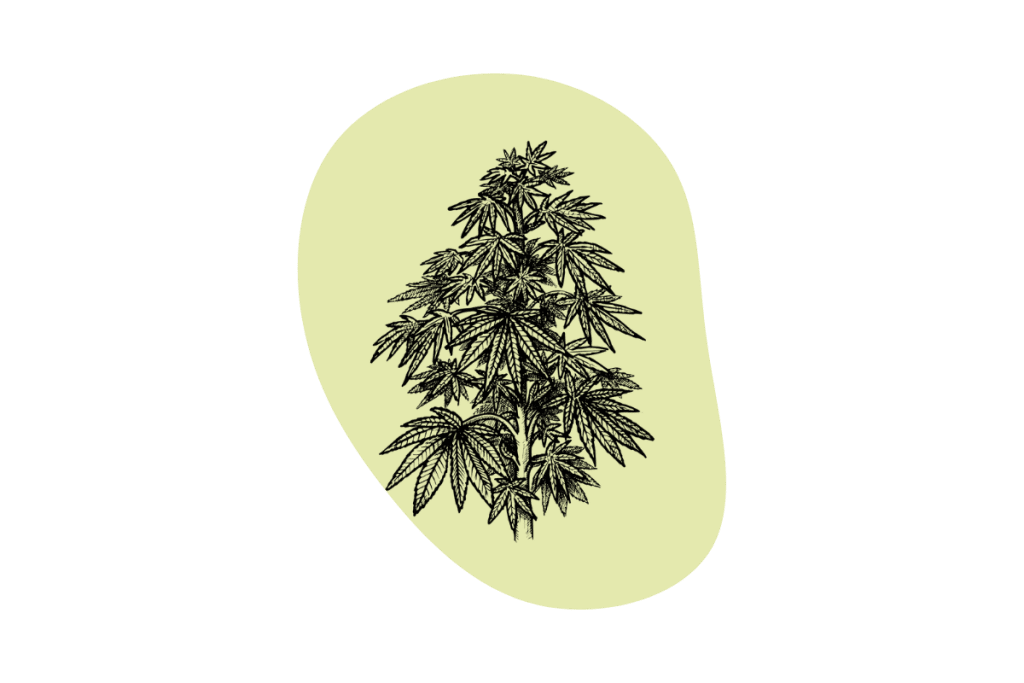
These substances could have undesirable interactions with the active ingredients found in ayahuasca. So, it’s best to discontinue use for at least a few days and up to a few weeks before your ceremony.
Post-Ayahuasca Diet
The period immediately following an ayahuasca ceremony is a sensitive and important time for integration.
This is when you will assimilate the insights from the medicine into your life and embrace the healing and cleansing you receive.
It’s a good idea to continue your abstinence practices of avoiding alcohol, processed foods, illicit drugs, and stressful environments for at least two weeks after an ayahuasca ceremony. This allows your fragile and freshly revived mind, body, and spirit to adapt to the effects of the plant medicine rather than immediately jumping back into conditioned or patterned behaviors that may not have been serving you well.
Many individuals embrace the pre-ceremony dietary restrictions and behaviors after the ayahuasca journey and commit to these lifestyle choices indefinitely.
Avoid Drugs & Medications Before Ayahuasca
While we’re not advising you to stop taking any of your medications, it’s a good idea to cease using medications that aren’t completely necessary at least four weeks before your trip. This includes supplements and marijuana too.
Some prescription medications may be able to be paused leading up to the trip as well, but you’ll need to speak to your doctor about this first.
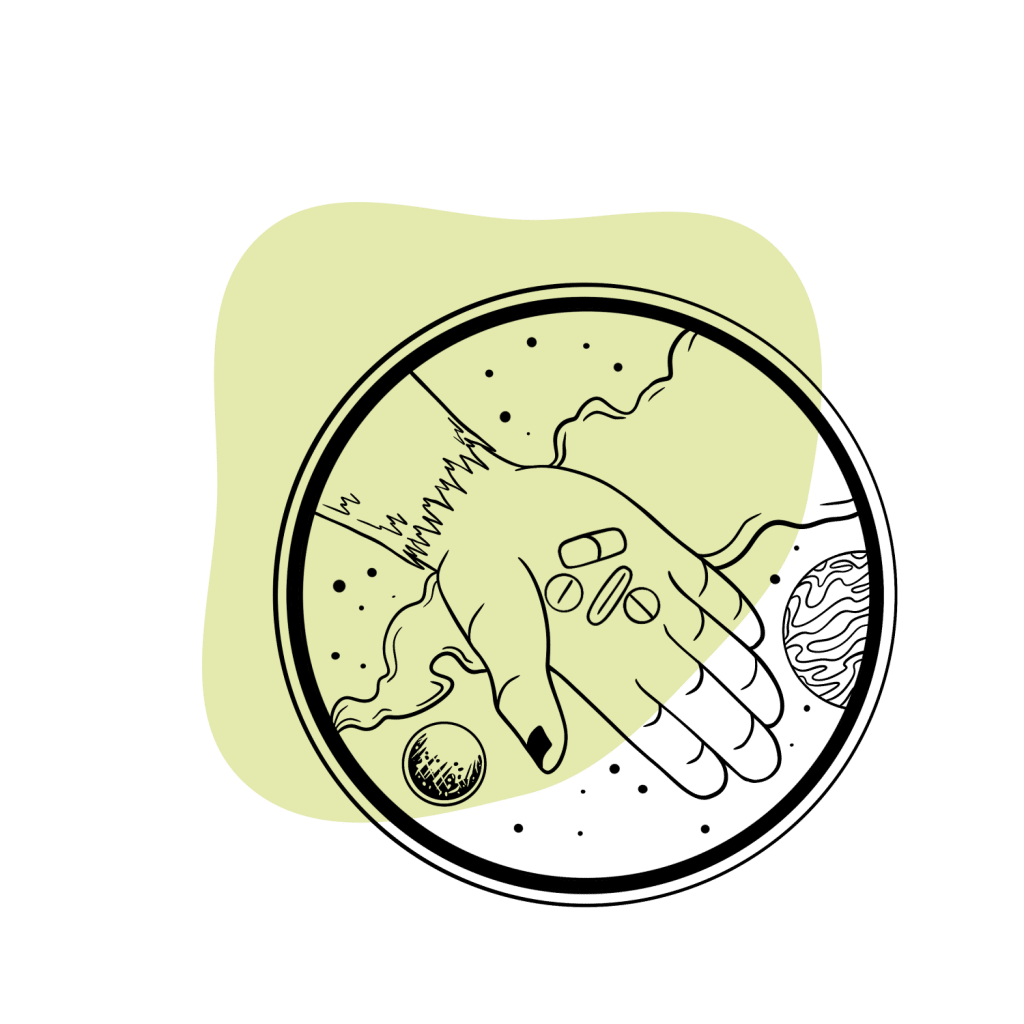
Prescription Medications to Avoid Before Drinking Ayahuasca
A variety of prescription medications can lead to uncomfortable, harmful, or even fatal effects if combined with ayahuasca. This is because some of the mechanisms of prescription medications may have a detrimental interaction with the neurochemical mechanisms of the ayahuasca brew. It’s especially important to stop using medications that alter neurotransmitters like serotonin, dopamine, and norepinephrine.
The following classes of prescription or over-the-counter drugs could have negative interactions with ayahuasca and result in dangerous side effects:
- Amphetamines
- Antihistamines & other ADHD medications
- Antidepressants
- Antipsychotics
- Antibiotics
- Barbiturates
- Benzodiazepines
- Decongestants
- Diet pills (appetite suppressants)
- Hypertension medications
- Opiates
- Phenylalanine or Tyrosine supplements
Note: It can be dangerous to suddenly stop taking prescription meds, especially if you plan to consume a psychoactive substance in the days following. Always speak to your prescribing doctor if you’ve been using any of these medications before you stop.
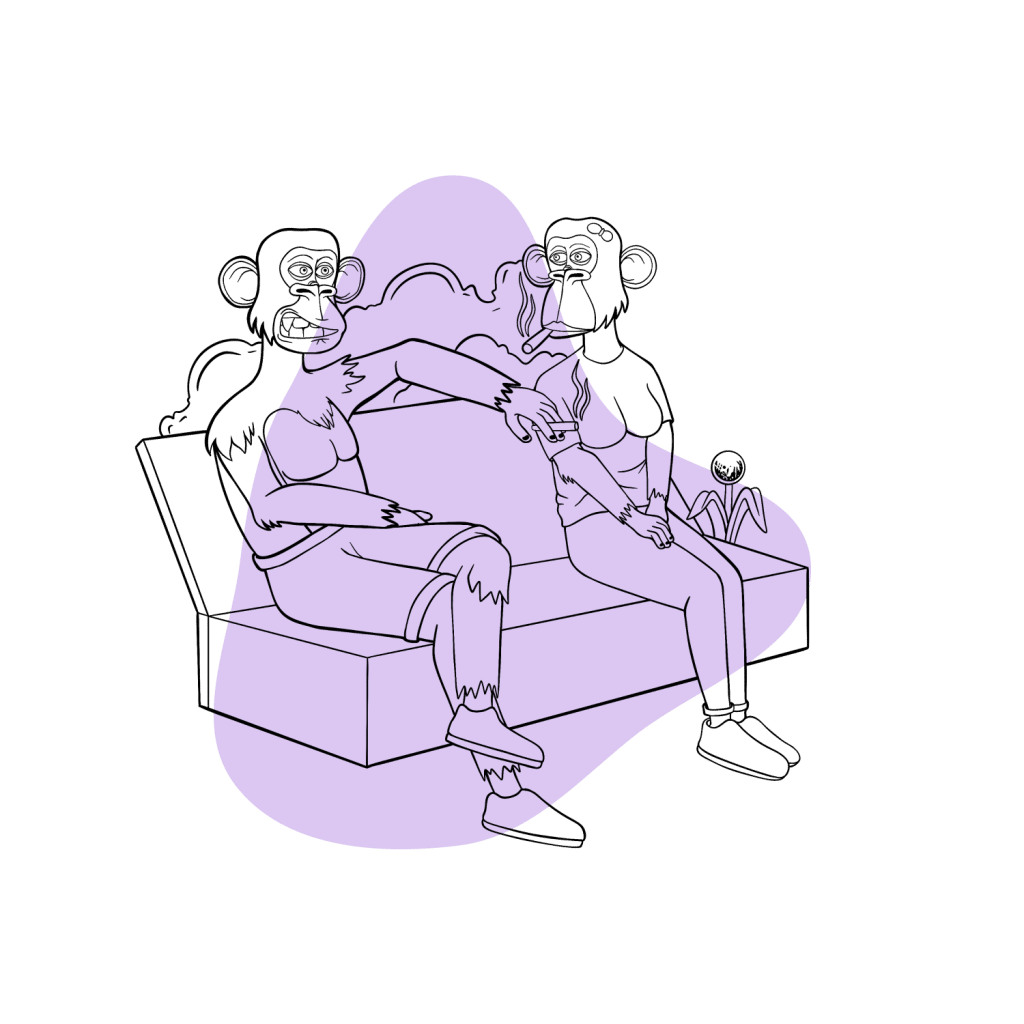
Illicit Drugs to Avoid Before Ayahuasca
It’s also important to avoid certain illicit drugs before taking ayahuasca a few weeks before the session, so your brain chemistry has time to normalize. This is especially the case for people who use mind-altering substances often as tolerance can form, which may change how ayahuasca affects you.
Do not take the following illegal drugs for two to four weeks before an ayahuasca ceremony:
- Cocaine
- DXM
- THC or other cannabinoids
- Mescaline
- MDMA or other amphetamines
- LSD or other lysergamides
- Ketamine or other arylcyclohexamines
- Opiates
- 2C-B or other 2C-X compounds
Users should avoid taking both prescription and illicit drugs before an ayahuasca ceremony because of the functional mechanisms of ayahuasca that produce its psychotropic effects.
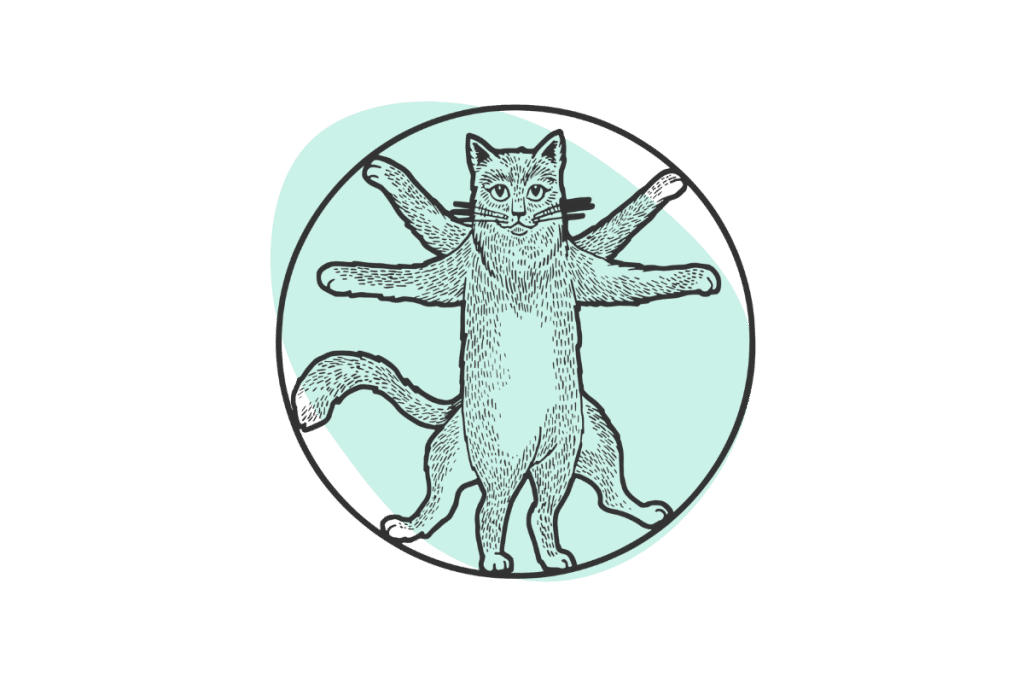
Mental Prep For Ayahuasca
It’s just as important to prepare yourself mentally for ayahuasca as it is to prepare physically. Ayahuasca is a medicine for the mind and soul, so getting yourself in the right headspace will go a long way. This will take some time, so starting early is a good idea.
1. Avoid or Reduce Social Media Consumption
Limiting your exposure to social media and stress-inducing news outlets or stressful experiences is a good idea. Minimize your exposure to situations or interactions triggering you (stay off Twitter and limit your news consumption, for example).
2. Be Mindful of Work-Life Balance
It’s easy to overwork yourself leading up to an ayahuasca ceremony because you’ll likely be preparing to take off a week or more of your time. Remember why you’re doing this, and avoid overworking yourself before you leave (or in general).
Remember the age-old Taoist quote — “Nature never hurries, yet everything is accomplished.”
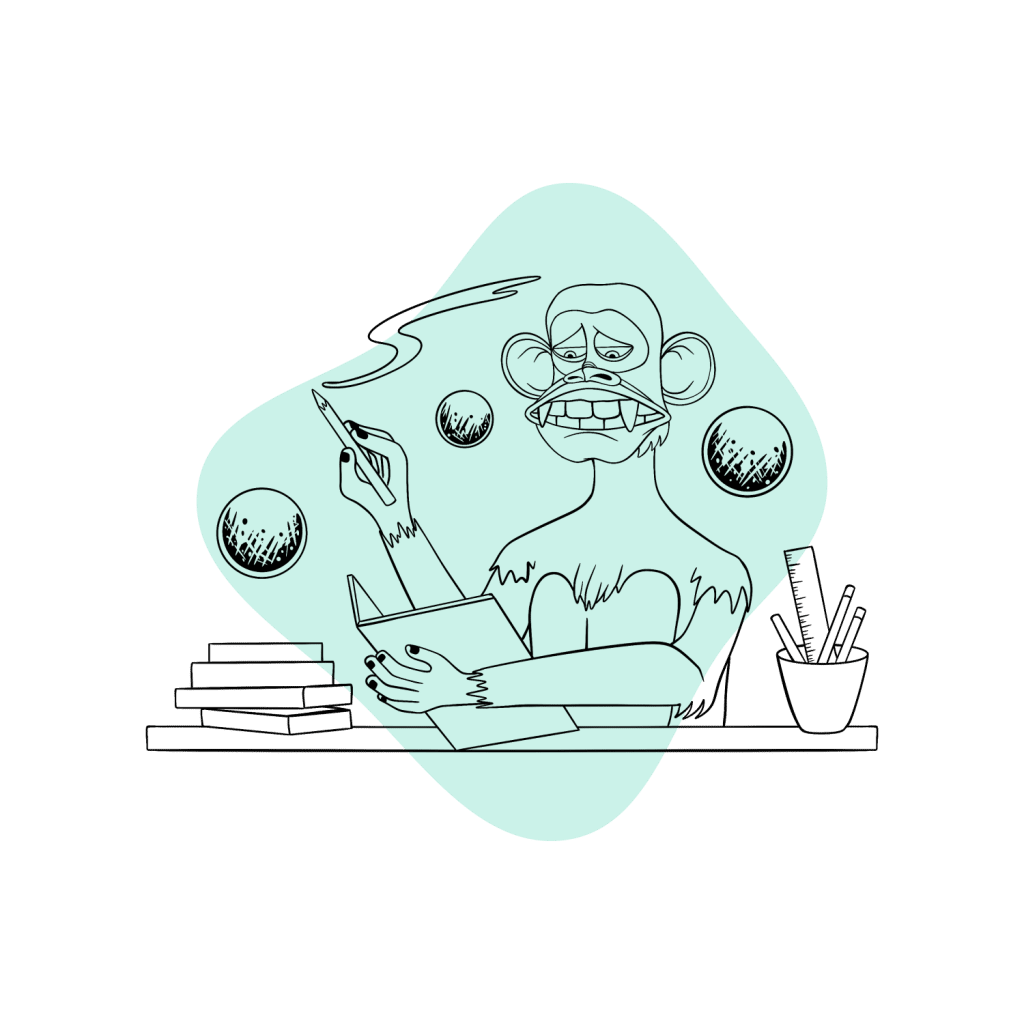
3. Start Journalling
Journalling is one of the best ways to prepare your mind and set intentions before a session (and in general). There are a million ways to journal, so the best one is simply what works best for you.
Some people like using guided journal prompts (such as our very own Shadow Work Journaling Prompts (30 days of prompts). Shadow work goes very well with ayahuasca and other psychedelics, so it’s a good angle to apply for journaling leading up to the ceremony.
Others prefer to use a freeform style in a notebook or app like Notion. Anything works. If you’re a more visual person, you can also use art as a form of journaling.
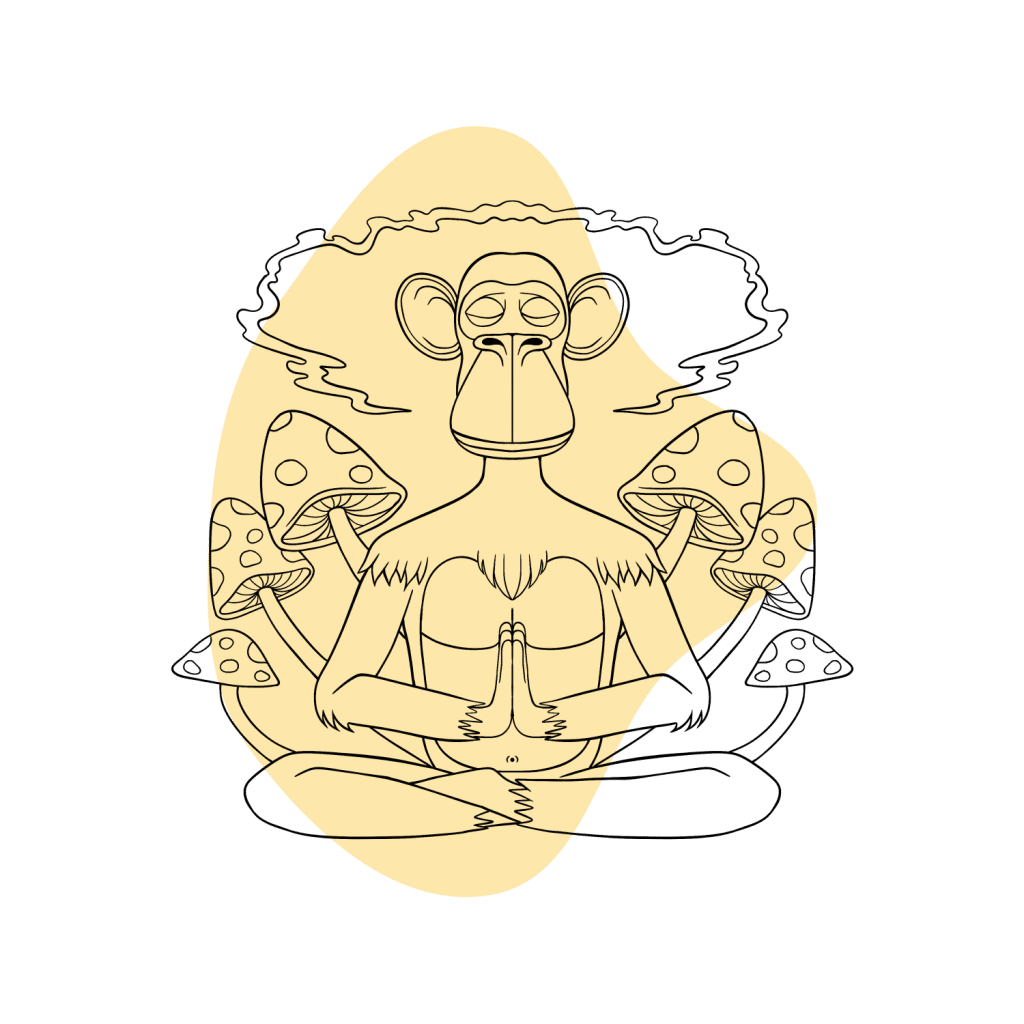
4. Set Intentions For Your Ayahuasca Journey
Intention setting is perhaps the most important part of an ayahuasca journey. It’s how you can ascribe meaning and purpose to the existential shift that ayahuasca is known to produce.
In some traditions, they suggest that this ancient plant medicine contains in itself the teacher or spirit guide. Students of the medicine are directed to come with an intention to share with the ayahuasca spirit.
This can take the form of a question, a call for guidance, or an overall goal they’d like to achieve, and at some point during the ceremony, students are given the opportunity to present their intention to the medicine. It can also be beneficial to hold your intention in your heart space throughout the entire ceremony, and the days leading up to and following the ceremony.
The intention should center around an area in your life that needs healing, support, cleansing, change, or clarity.
- Perhaps you are seeking direction to resolve a persistent pattern in your life that causes you pain.
- Maybe you are looking for a resolution to an interpersonal relationship or internal emotional challenges.
- You could benefit from certain insight that is not available to you from your current perspective.
In the weeks leading up to your ceremony, reflect on your current situation and sift out a clear, simple intention that is personal and meaningful to you.
A good starting point is considering why you want to take ayahuasca in the first place.
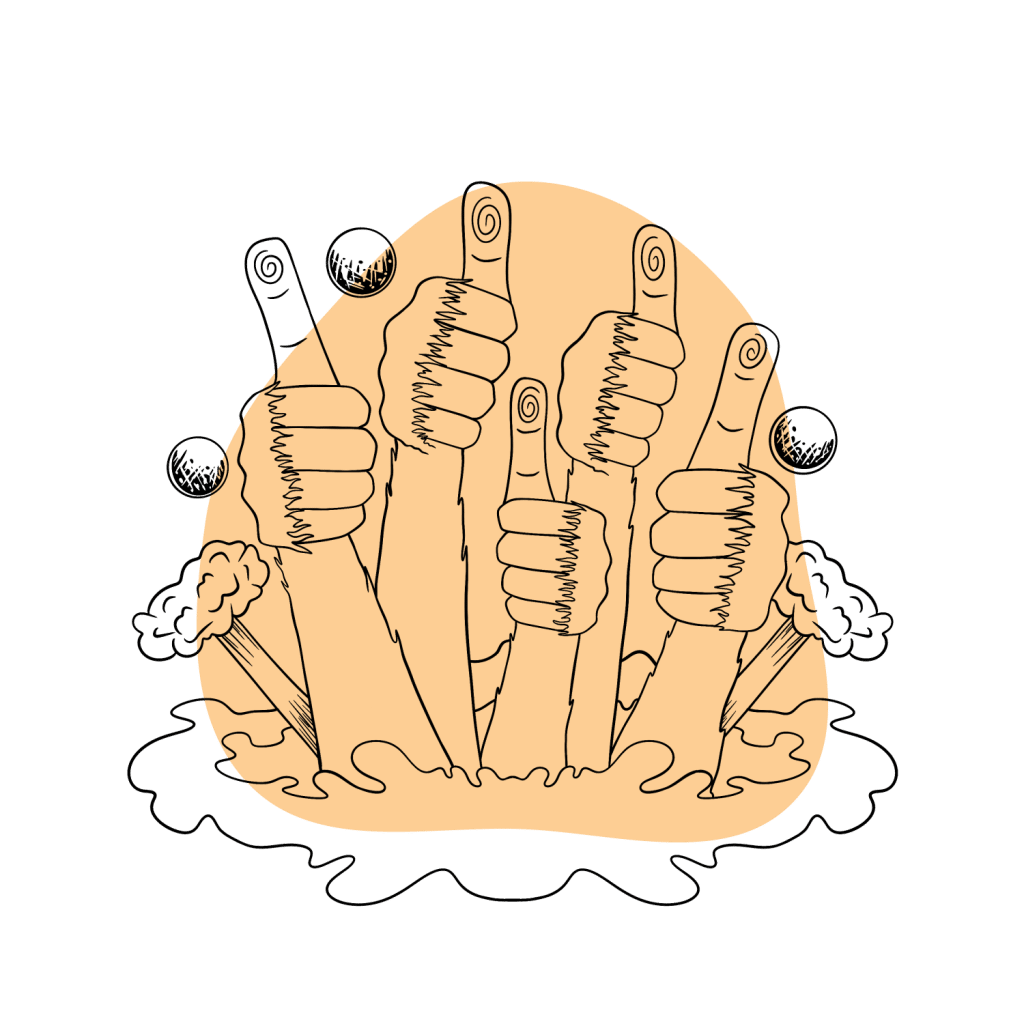
5. Surround Yourself With Positivity
By intentionally creating a positive environment before your ayahuasca ceremony, you unconsciously begin the purgative process before you even consume the medicine.
Truthfully, the wisdom that this medicine may be teaching is that these are disciplines to consider adopting for a lifetime, not just in the days or weeks before the journey.
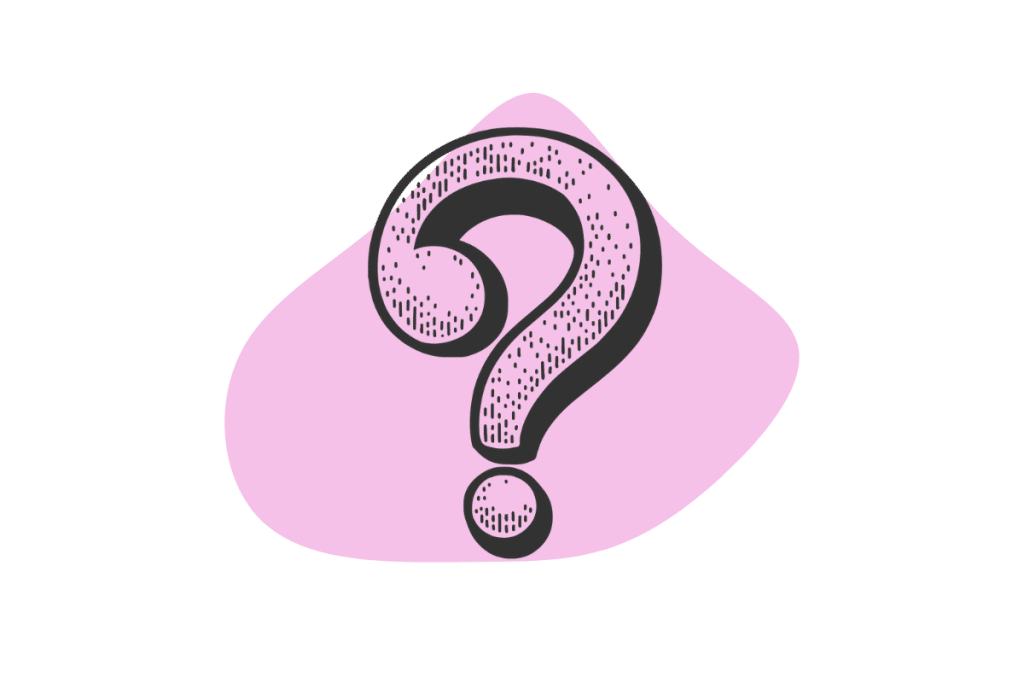
Prepping For Ayahuasca FAQs:
Here are some of the most common questions we get asked about prepping for ayahuasca that may not have been answered above.
If you still have questions, feel free to reach out to high@tripsitter.com.
Can I Take Ayahuasca If I Have A Medical Condition?
Although ayahuasca is generally safe for the majority of people, it can be dangerous to take if you have certain medical conditions.
If you take prescription medications for any of the following health conditions, talk with your doctor and/or shaman about the possible contraindications:
- Autism
- Bipolar disorder
- Diabetes
- Heart disease
- Hypertension
- Manic depressive disorder
- Parkinson’s disease
- Psychotic depression
- Psychotic mania
- Schizoaffective disorder
- Schizophrenia
- Schizophreniform disorders
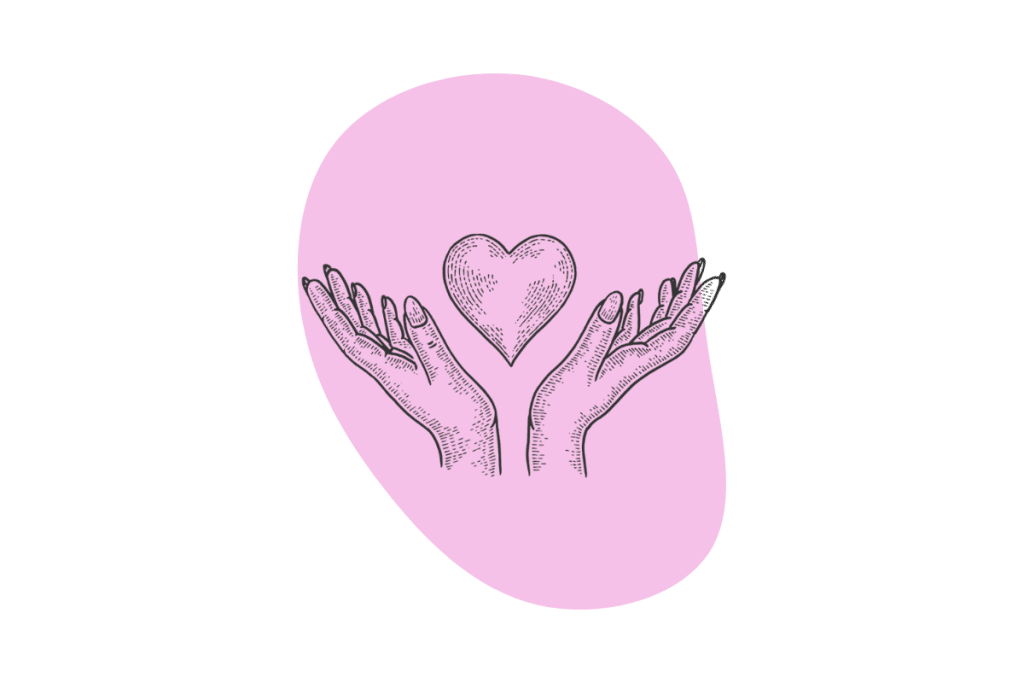
What is an Ayahuasca Dieta?
An ayahuasca dieta is different from an ayahuasca preparation diet.
A dieta is a commitment to ‘sit’ with the medicine’s spirit over a prolonged period, consuming the brew for several days in a row.
Some ayahuasca retreats last for three days, and medicine is served every night. Other retreats last for thirty days, and medicine is served every other day to allow the body to integrate the teachings.
Ten-day dietas are common among indigenous ayahuasca traditions. In some tribal cultures, ayahuasca ceremonies are considered a right of passage, physically and spiritually.
Before a dieta, students, or those who will consume the medicine, prepare the body and mind through specific diets and behaviors, as well as intention setting.
During the dieta, particular customs and rituals are followed, including eating certain foods and avoiding other foods, as well as abstinence from specific behaviors and drugs.
The dietary restrictions help the body to receive the plant medicine wholly while minimizing unwanted reactions or discomfort.
Preparing for the dieta with proper eating and behavioral habits allows the plant’s spirit to move easily through the body and offer its wisdom and teachings without hindrances. Items like intensely spicy foods, heavy foods that take a long time to digest, or certain prescription medications could interact with the plant medicine and create a ‘bad trip,’ to say the least.
How Does Ayahuasca Work?
Ayahuasca is brewed by combining two different compounds: DMT and an MAO inhibitor.
The DMT is the psychoactive molecule that produces hallucinogenic experiences. There are many plants that contain DMT, but the most common herbs used in ayahuasca for this purpose include Mimosa pudica, or Psychotria viridis are normally used for this.
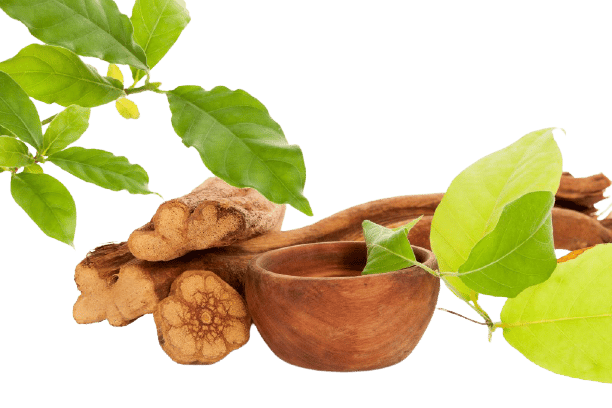
The MAO inhibitor prevents enzymes from deactivating the DMT before it has time to take effect. The plant used for this purpose is the ayahuasca vine itself (Banisteriopsis caapi).
When combined and served as an ayahuasca brew, the DMT induces a psychoactive experience; the MAO inhibitor allows the user to have that psychoactive experience for several hours.
Related: How to Make Ayahuasca: Step-by-Step Guide.
How Does Ayahuasca Affect Mental Health?
There is a large body of research that suggests that ayahuasca is a helpful treatment tool to address and heal various medical diagnoses, especially surrounding mental health. These include conditions such as addiction disorders, depression, post-traumatic stress disorder (PTSD), and a variety of anxiety disorders [6,7].
Of course, these benefits are only possible if applied in a professional setting (with a trained shaman) and with proper intention and integration of the experience. Taking ayahuasca without any of these important safeguards in place can cause more harm than good.
Should I Fast Before Drinking Ayahuasca?
Most shamans suggest fasting on the day of an ayahuasca ceremony. Others recommend fasting at least four hours before the ceremony begins.
Fasting is important for the ayahuasca ceremony because purging is a common side effect of drinking this kind of plant medicine. While the purging may take different forms, vomiting occurs frequently.
Theories surrounding ayahuasca purging suggest that the purging is more than simply an explosion of recently consumed food from the stomach and intestines. It may also include discharging heavy metals and chemicals from the body and bloodstream.
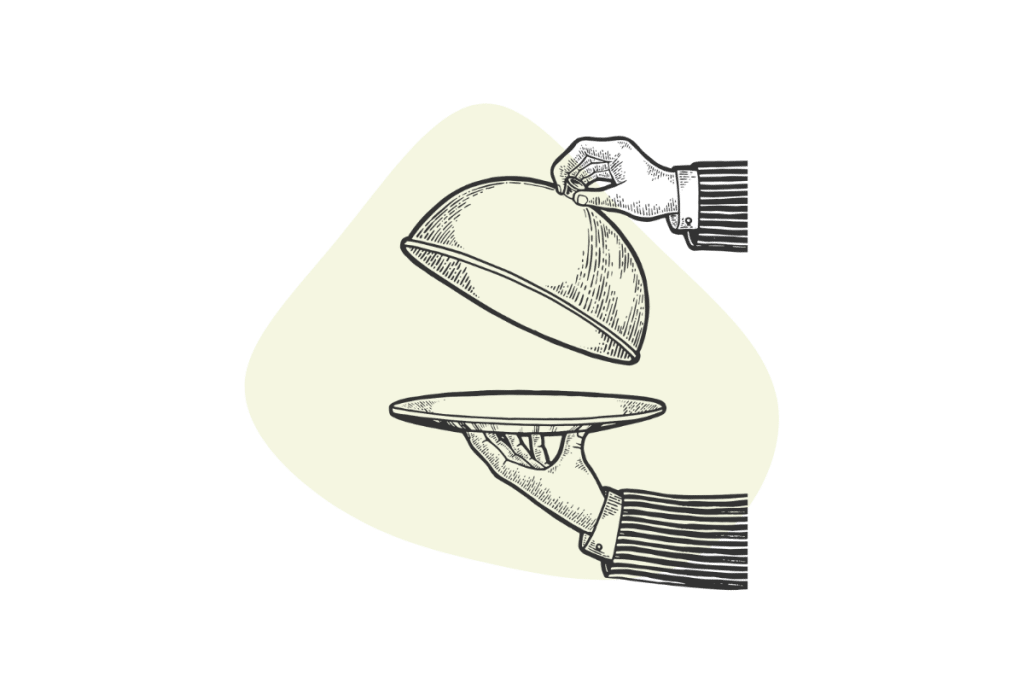
Because the ayahuasca brew affects serotonin receptors in the brain, liver, and intestinal tract, vomiting may be nausea-related and neurologically induced [8].
Beyond the physical explosion, purging is seen as a larger form of purification and cleansing that removes negative energetic imprints from the body, mind, and spirit. This includes stagnant and troubling emotions or thoughts and past traumas [9].
For this reason, it’s often recommended that individuals headed on an ayahuasca quest limit their ‘bad habits’ like consuming alcohol, illicit drugs, or even excessive screen time starting at least a few weeks before the ceremony.
This gives you time to reduce or minimize stored negative imprints, so you’ll only be purging that which has been lingering within your energy field and not the superficial, surface layer of negative content you absorbed most recently.
What is Purging During Ayahuasca Ceremonies?
Purging refers to the forced “release” of physical and non-physical “substance.” This comes in the form of physical vomiting and crying, as well as an emotional “release” facilitated by the experience of memories and visions.
The purging process is considered an essential element of what gives ayahuasca its healing capability.
Purging happens in various forms during an ayahuasca experience, including:
- Crying
- Defecating
- Screaming
- Shaking
- Sweating
- Vomiting
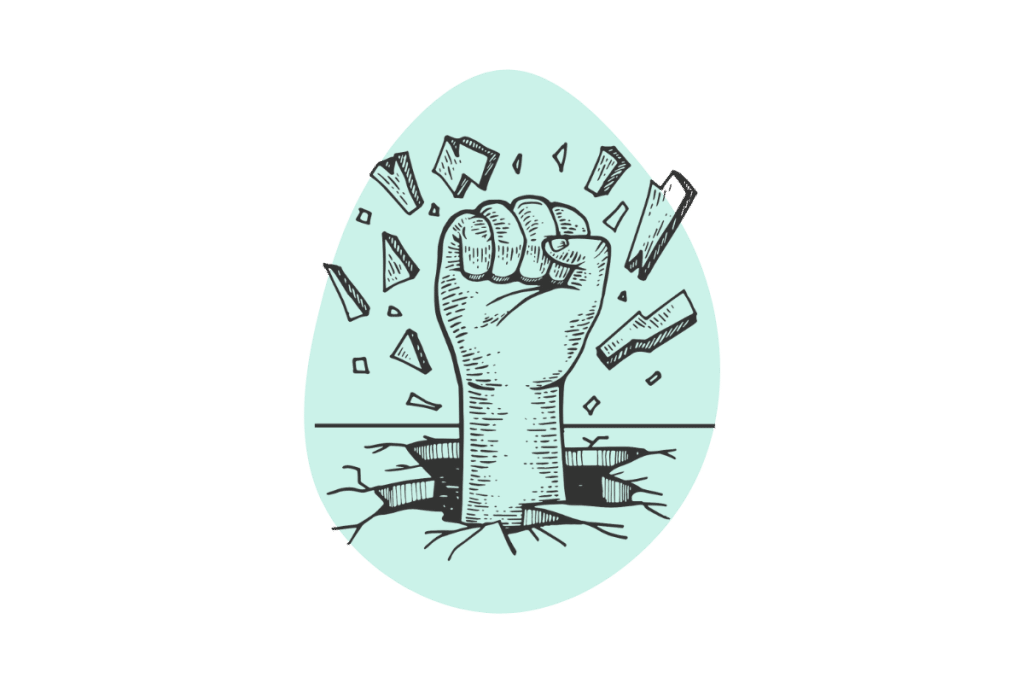
For those who fast and do not eat on the day of an ayahuasca ceremony, it’s less likely they will vomit, or at least will not vomit partially digested foods. Rather, the vomit is said to carry negative essences held by the body. This kind of purging is considered more of an energetic purification than a tangible rejection of food.
What are the Benefits & Side Effects of Ayahuasca?
The benefits of ayahuasca are many, but the trip associated with ayahuasca can be a hard one, and it’s not without its side effects.
Users may experience one or more of the following side effects during their ayahuasca journey:
- Dehydration
- Diarrhea
- Dizziness
- Emotional outbursts
- Euphoria
- Fear
- Hallucinations
- Increased blood pressure
- Increased heart rate
- Nausea and vomiting
- Paranoia
Always consume ayahuasca under the supervision of an experienced shaman or guide who can assess your symptoms and ensure your safety.
What Are The After Effects Of Ayahuasca?
The short and long-term impacts of an ayahuasca ceremony are plentiful. Many users report a shift in overall mood; others claim to be completely cured of anxiety and depression. Some people receive an answer to their intention and find clarity on which direction to take.
According to one study from Maastricht University in The Netherlands, ayahuasca produces improvement in a few key areas [10]:
- Improvements in convergent thinking and cognition persisted for at least four weeks after the ceremony.
- Improvements in mental health include depression, anxiety, and stress. Stress and depression decreased on the day after the ayahuasca ceremony and persisted for at least four weeks after the ceremony.
- Increased satisfaction with life the day after the ayahuasca ceremony.
- Increased mindfulness according to the mindfulness scale. Subjects felt that they were more non-judgmental, acted with more awareness, and were more observant on the day following ayahuasca.
The findings suggest that a single ayahuasca ceremony can bring about changes that last for a prolonged period.
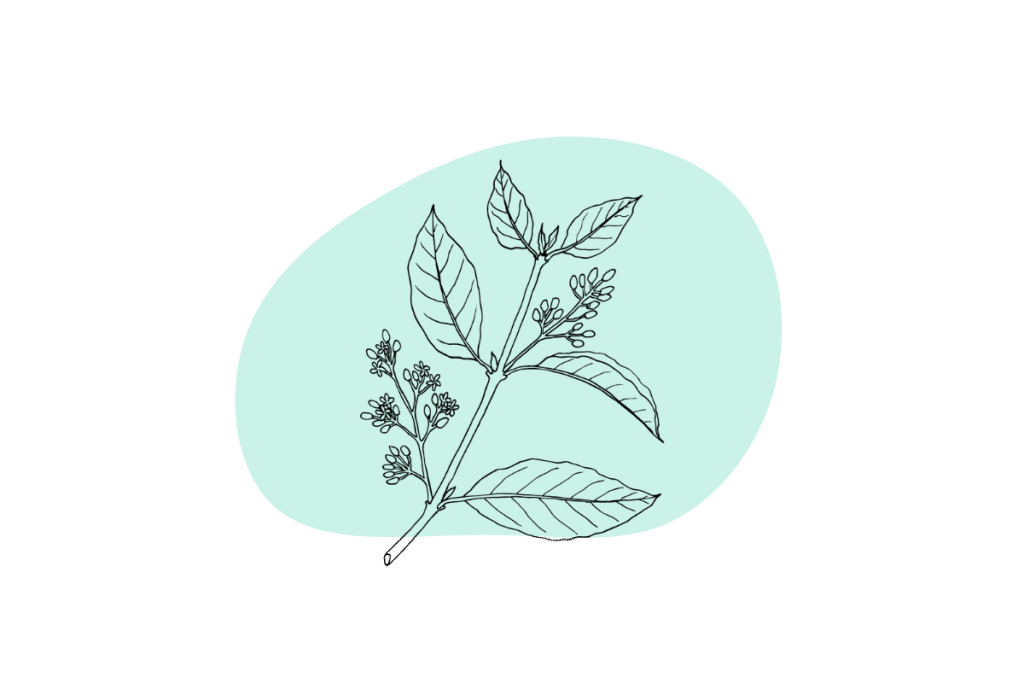
Is Ayahuasca Addictive?
No. Ayahuasca is not addictive.
On the contrary, there is much research to suggest that even just one sitting with ayahuasca can offer therapeutic benefits for alcoholism and substance abuse disorders.
There is also a growing body of research that suggests that psychedelics, in general, provide therapeutic benefits for an array of clinically diagnosed addiction disorders. In some circumstances, psychedelics are reinventing addiction therapy completely.
Can Ayahuasca Be Used As Treatment for Addiction & Alcoholism?
Many self-reports and cultural explanations suggest that ayahuasca is a powerful healing modality to address drug and alcohol addiction and dependence.
While more thorough scientific research is needed, many analyses of current research and self-reports support the theory that ayahuasca can act as a therapeutic tool for recovery from addiction.
Here are a few resources that suggest psychedelics, including ayahuasca, can help heal addictions:
- In one biomedical study of the ayahuasca churches, the Uñiao do Vegetal (UDV), results indicated that ayahuasca may have therapeutic applications for the treatment of alcoholism, substance abuse, and possibly other disorders [11].
- Current research suggests that there are therapeutic applications of psychedelics or hallucinogens that involve the treatment of a variety of physical, psychological, and social maladies [12].
- One study claims that when ingested together, DMT and ayahuasca vine produce profound alterations in consciousness and suggests that, as a result, ayahuasca is increasingly being utilized to treat addictions [13].
These results are promising and certainly leave us thinking that this ancient technology may be more potent and therapeutic than we thought.
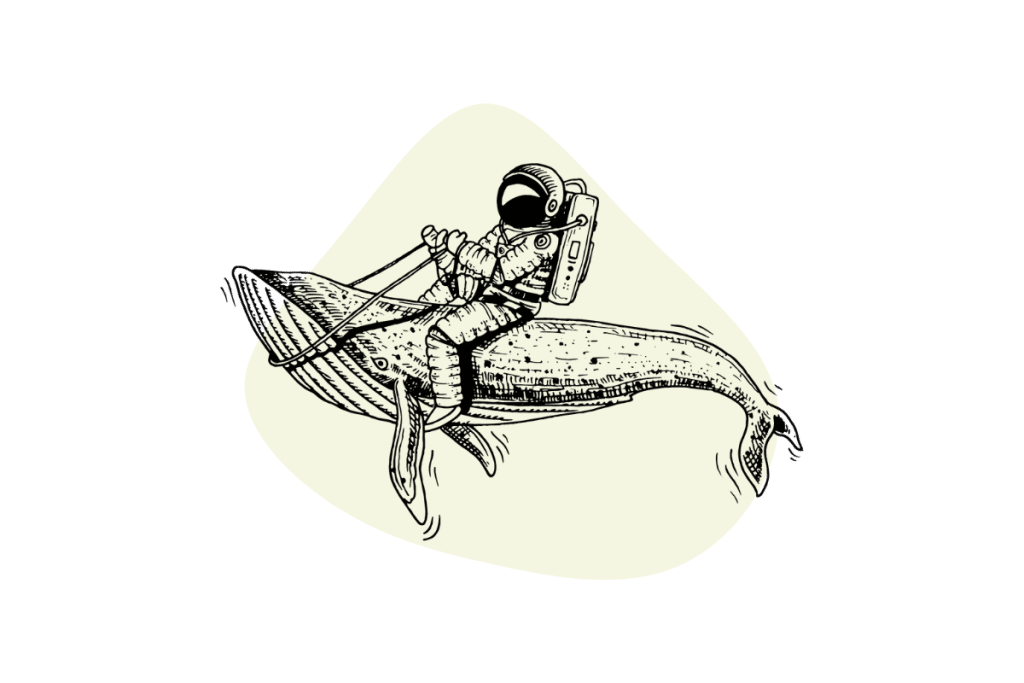
Ayahuasca: Preparing For The Ceremony of A Lifetime
Ayahuasca may not be a cure-all, and it may not be for everybody, but its effects are far-reaching for those who can stomach the experience.
For people who choose to go on the quest with this intense indigenous hallucinogenic, it’s important to start preparing weeks before the journey.
Users are advised to limit the consumption of processed foods and avoid alcohol and red meats for anywhere from two to six weeks before the ceremony.
It’s also incredibly important to avoid illicit drugs and stop using certain prescription medications (under the observation of a doctor) before drinking ayahuasca since the combination could produce dangerous side effects.
As part of your preparation, you’ll want to establish a clear and personal intention to give meaning to your experience and help you make the most of the trip.
On the day of your ayahuasca ceremony, fasting is recommended to minimize the possibility of nausea and vomiting.
After the ceremony, it’s a good idea to continue eating healthy and avoiding drugs and alcohol for at least a few weeks while you integrate the ancient wisdom and insight that the great teacher, ayahuasca, share with you.
References
- Berlowitz, I., O’Shaughnessy, D. M., Heinrich, M., Wolf, U., Maake, C., & Martin-Soelch, C. (2022). Teacher plants – Indigenous Peruvian-Amazonian dietary practices as a method for using psychoactive. Journal of ethnopharmacology, 286, 114910.
- Teeple, R. C., Caplan, J. P., & Stern, T. A. (2009). Visual hallucinations: differential diagnosis and treatment. Primary care companion to the Journal of clinical psychiatry, 11(1), 26–32.
- Livovsky, D. M., Pribic, T., & Azpiroz, F. (2020). Food, Eating, and the Gastrointestinal Tract. Nutrients, 12(4), 986.
- McKenna, D., Callaway, J. C., & Grob, C. (n.d.). The Scientific Investigation of Ayahuasca: A Review of Past and Current Research.
- Dos Santos, R. G., Bouso, J. C., & Hallak, J. (2017). Ayahuasca, dimethyltryptamine, and psychosis: a systematic review of human studies. Therapeutic advances in psychopharmacology, 7(4), 141–157.
- Palhano-Fontes, F., Barreto, D., Onias, H., Andrade, K. C., Novaes, M. M., Pessoa, J. A., Mota-Rolim, S. A., Osório, F. L., Sanches, R., Dos Santos, R. G., Tófoli, L. F., de Oliveira Silveira, G., Yonamine, M., Riba, J., Santos, F. R., Silva-Junior, A. A., Alchieri, J. C., Galvão-Coelho, N. L., Lobão-Soares, B., Hallak, J., … Araújo, D. B. (2019). Rapid antidepressant effects of the psychedelic ayahuasca in treatment-resistant depression: a randomized placebo-controlled trial. Psychological medicine, 49(4), 655–663.
- Anja Loizaga-Velder & Rolf Verres (2014) Therapeutic Effects of Ritual Ayahuasca Use in the Treatment of Substance Dependence—Qualitative Results, Journal of Psychoactive Drugs, 46:1, 63-72,
- Frecska, E., Bokor, P., & Winkelman, M. (2016). The Therapeutic Potentials of Ayahuasca: Possible Effects against Various Diseases of Civilization. Frontiers in pharmacology, 7, 35.
- Evgenia Fotiou, Alex K. Gearin, Purging and the body in the therapeutic use of ayahuasca, Social Science & Medicine, Volume 239, 2019, 112532.
- Uthaug, M. V., van Oorsouw, K., Kuypers, K., van Boxtel, M., Broers, N. J., Mason, N. L., Toennes, S. W., Riba, J., & Ramaekers, J. G. (2018). Sub-acute and long-term effects of ayahuasca on affect and cognitive thinking style and their association with ego dissolution. Psychopharmacology, 235(10), 2979–2989.
- Dennis J McKenna, Clinical investigations of the therapeutic potential of ayahuasca: rationale and regulatory challenges, Pharmacology & Therapeutics, Volume 102, Issue 2, 2004, Pages 111-129, ISSN 0163-7258.
- Winkelman, M.J. (2014). Therapeutic Applications of Ayahuasca and Other Sacred Medicines. In: Labate, B.C., Cavnar, C. (eds) The Therapeutic Use of Ayahuasca. Springer, Berlin, Heidelberg.
- Mitchell B. Liester M.D. & James I. Prickett D.O. (2012) Hypotheses Regarding the Mechanisms of Ayahuasca in the Treatment of Addictions, Journal of Psychoactive Drugs, 44:3, 200-208.

